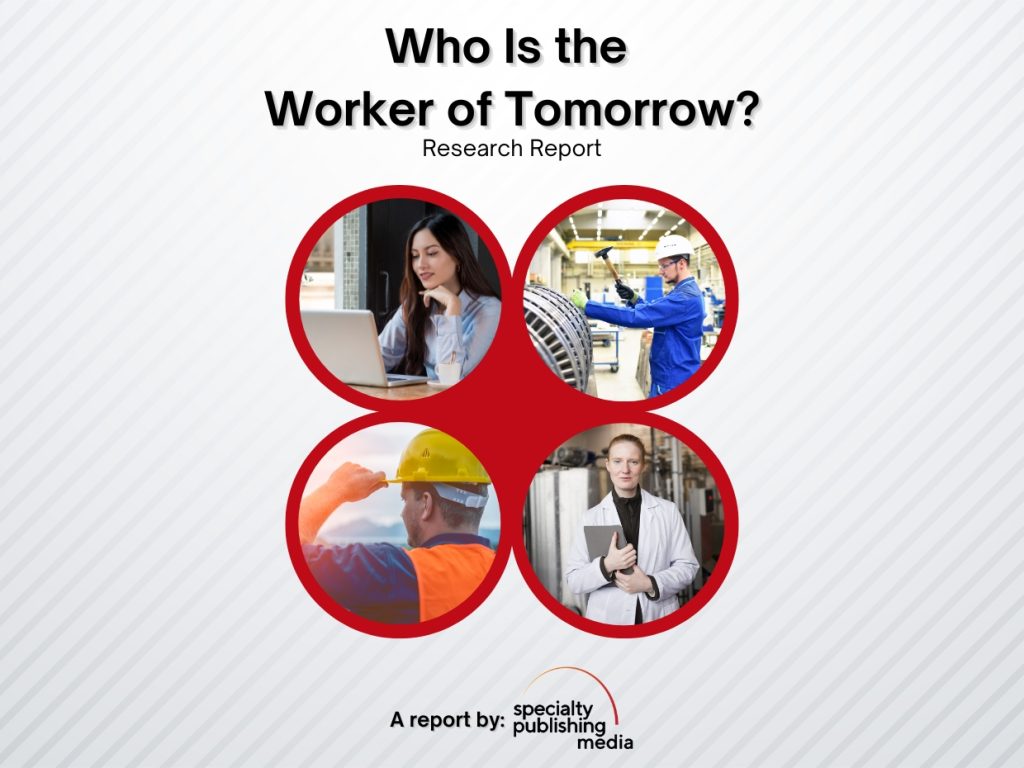-
Dangerous Distractions on the Road
 Peggy talks about the dangers of distracted driving, citing the number of people killed and injured in traffic crashes involving distracted drivers in 2022. She says we must consider how technology can help reduce distracted driving in both our personal and professional life. She also discusses: Details from a new 2024 report from the GHSA…
Peggy talks about the dangers of distracted driving, citing the number of people killed and injured in traffic crashes involving distracted drivers in 2022. She says we must consider how technology can help reduce distracted driving in both our personal and professional life. She also discusses: Details from a new 2024 report from the GHSA… -
The Future of 3D Printing
 Peggy Smedley and William Hoff, founder and president, Geopolymer, talk about 3D printing innovations, how they work, and what makes them revolutionary. He says geopolymers are simple and explains what they are. They also discuss: The benefits of geopolymers in construction—including sustainability. The rise of 3D printing in construction and how this fits in. The…
Peggy Smedley and William Hoff, founder and president, Geopolymer, talk about 3D printing innovations, how they work, and what makes them revolutionary. He says geopolymers are simple and explains what they are. They also discuss: The benefits of geopolymers in construction—including sustainability. The rise of 3D printing in construction and how this fits in. The… -
The State of Flow
 Peggy Smedley and Joann Halpern who is the director of the Hasso Plattner Institute, New York and adjunct associate professor of international education at New York University, talk about the purpose of design growth and the state of flow. She says mindful processes require being fully present, making conscious choices, and reflecting on your values.…
Peggy Smedley and Joann Halpern who is the director of the Hasso Plattner Institute, New York and adjunct associate professor of international education at New York University, talk about the purpose of design growth and the state of flow. She says mindful processes require being fully present, making conscious choices, and reflecting on your values.…
What's Trending
Today is Earth Day—what are you doing to protect the planet? Many businesses and individuals are taking the necessary steps to reduce carbon emissions, ultimately improving the environment for generations to come. Consider the example of 27-year-old Dillon Baster, who has an objective to convert upcycled agricultural waste into a compostable plastic alternative. To do this, he launched his company PlantSwitch, which has raised $20 million and is currently manufacturing 50 million pounds of its plant-based bioplastics annually. Here is how this can help: Break down in backyard compost in less than 12 months, leaving no microplastics behind. Resins feel and function like plastic. Resins are “drop-in” replacements, meaning plastics manufacturers can use their existing machines and processes. Ultimately, food service, cosmetics, supermarket, retail chains, packaged goods companies, and others will use this product to become more sustainable. On Earth Day—and every day—it is important to keep a pulse on the alternatives on the market. This is simply one…
Step aside Uber. In many countries, we are now seeing the rise of electric flights that are offering taxi services between cities. For example, Japan now has an electric air taxi. AutoFlight delivered the five-seater Prosperity aircraft to the operator, which will be named in the future. This comes on the heels of AutoFlight’s February announcement where it demonstrated inter-city electric air taxi demonstration flight between the southern Chinese cities of Shenzhen and Zhuhai. AutoFlight’s Prosperity aircraft completed the trip by autonomously flying the 50km (31 miles) route. The flight across the Pearl River Delta took just 20 minutes, a journey that would require three hours by car. Here is how this can help: Push the boundaries of urban air mobility in a safe and environmentally friendly way. Enable people to travel to their destination faster than before. Offer multiple options for travel in the years ahead. Looking to the future, the route between Shenzhen and Zhuhai is part of the future air traffic scenario planned by the regional government as it develops its ‘low-altitude economy’ strategy. The future of travel is changing—certainly we will need to keep an eye on electric and autonomous trends in the years…
The labor shortage is causing challenges across many industries including among engineers. Can AI (artificial intelligence) help recruit the right workers for the job, all while improving the effectiveness of recruiting? All signs point to yes. TalentRecipe uses psychological approaches and AI technology including GPT to address the global shortage of engineering and project managers. In Japan, the company demonstrated how generative AI can be used by a major tech firm that is piloting a project aimed at global engineering recruitment specifically. TalentRecipe says this experiment will verify the economics of using generative AI to improve the efficiency and quality of talent evaluations. Here is how this can help in recruiting: Enhance the quality of evaluations in different languages. Link recruitment to business strategy. Solve problems that may arise in the hiring and evaluation process. As we all know, recruiting is not just about hiring—but rather it is about finding the right person for the right job at the right time. It is about paving a career path that works for both the worker and the company. It is about ensuring there is not a large turnover in the company. It is about matching the right position to the right candidate. There is an opportunity for AI to help here—and it will certainly be a trend to keep an eye on for the…
In depth study of the worker of the future.
Social

-
Refill, Reuse, and Landfills
Peggy Smedley and Kendall Daly, owner, Amend Market, talk about sustainability including refill, reuse, and landfills. She explains how she got started owning a single refill shop—and the importance of voting with your dollar. They also discuss: How the system works. Creative reuse ideas and examples of products in the shop. Why people like refill…
-
Reuse and Refill
Peggy Smedley and Kendall Daly, owner, Amend Market, talk about the importance of reuse and refill—and what it means. She gives some context, saying in the U.S., there are billions of tons of waste reuse every single year, with the average American producing 4.5 pounds of trash every day. They also discuss: The alternatives and…
-
Why Your Yard Should Work for You
Sheryl Guarniero, executive director, Make Greenville Greener, and Peggy Smedley talk about why your yard should work for you, narrowing in on composting. She says there is a level of instant gratification you get out of it, and it is your own experience. They also discuss: What should be added to a compost pile. How…
What You Missed
In the past 5-10 years, from a design standpoint, we are starting to see manufacturers bring…
IDC says European edge computing is expected to reach nearly $50 billion in 2024.
Gartner predicts less than 25% of government organizations will have generative AI-enabled citizen-facing service by 2027.










